Purina Pro Plan High Protein Dog Food With Probiotics for Dogs, Shredded Blend Chicken & Rice Formula
Get your dog excited about mealtime when you serve him Purina Pro Plan Brand Dog Food Shredded Blend Chicken and Rice Formula adult dry dog food. Real chicken as the first ingredient and rice, which is an excellent source of carbohydrates for energy, along with other high-quality ingredients create a wholesome meal with great flavor. The hard kibble and tender shredded pieces provide a texture sure to keep him engaged with every bite. Feel good about serving your dog 100 percent complete and balanced adult dog food nutrition, and take comfort knowing that each serving contains optimal levels of protein and fat that help dogs maintain an ideal body condition. Vitamin A and linoleic acid, an omega-6 fatty acid, promote healthy skin and coat to keep him looking great, and guaranteed live probiotics help to support his digestive health. Formulated with high-quality protein and other essential nutrients, this Purina Pro Plan COMPLETE ESSENTIALS recipe helps support your beloved pet’s overall health and wellness.
Get your dog excited about mealtime when you serve him Purina Pro Plan Brand Dog Food Shredded Blend Chicken and Rice Formula adult dry dog food. Real chicken as the first ingredient and rice, which is an excellent source of carbohydrates for energy, along with other high-quality ingredients create a wholesome meal with great flavor. The hard kibble and tender shredded pieces provide a texture sure to keep him engaged with every bite. Feel good about serving your dog 100 percent complete and balanced adult dog food nutrition, and take comfort knowing that each serving contains optimal levels of protein and fat that help dogs maintain an ideal body condition. Vitamin A and linoleic acid, an omega-6 fatty acid, promote healthy skin and coat to keep him looking great, and guaranteed live probiotics help to support his digestive health. Formulated with high-quality protein and other essential nutrients, this Purina Pro Plan COMPLETE ESSENTIALS recipe helps support your beloved pet’s overall health and wellness.
- Hard kibble combined with tender, shredded pieces for taste and texture dogs love. High protein formula, with real chicken as the first ingredient
- Fortified with guaranteed live probiotics for digestive and immune health. Used to be known as SAVOR Shredded Blend Chicken and Rice Formula
- Vitamin A and omega-6 fatty acids to nourish skin and coat. Natural prebiotic fiber nourishes specific intestinal bacteria for digestive health
- Formulated with high protein to help dogs maintain an ideal body condition. Checked for quality and safety
- Designed to nourish adult dogs and provide a taste they love. 100 percent complete and balanced adult dog food nutrition
Additional information
| Country of Origin | Made in USA |
|---|---|
| Breed Size | Extra Small, Small, Medium, Large, Extra Large |
| Flavor | Chicken and Rice |
| Health Features | Immune System Support, Digestion Support, Skin & Coat Health |
| Life Stage | Adult |
| Primary Flavor | Chicken, Rice |
| Special Diets | Probiotics, High Protein, Omega Fatty Acids |
| Manufacturer Part Number | 3810017766 |

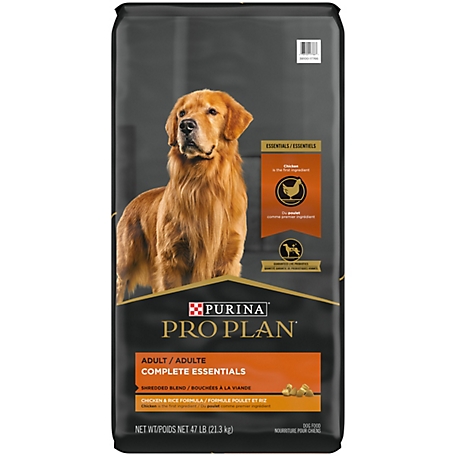
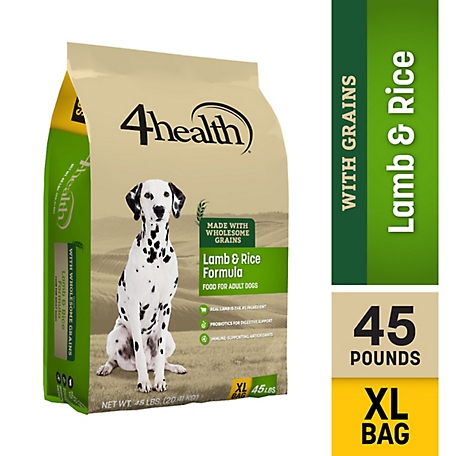

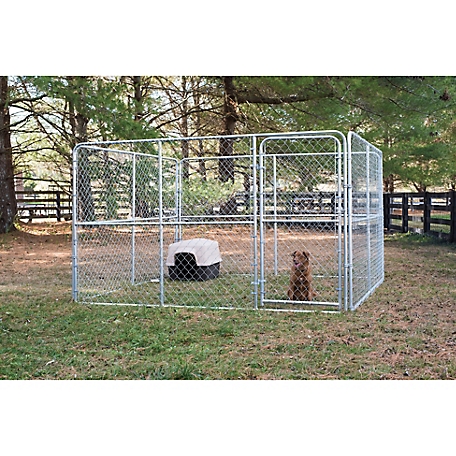
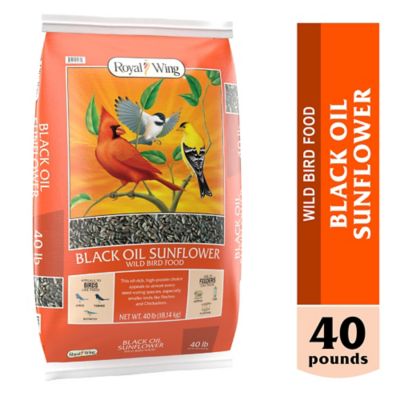


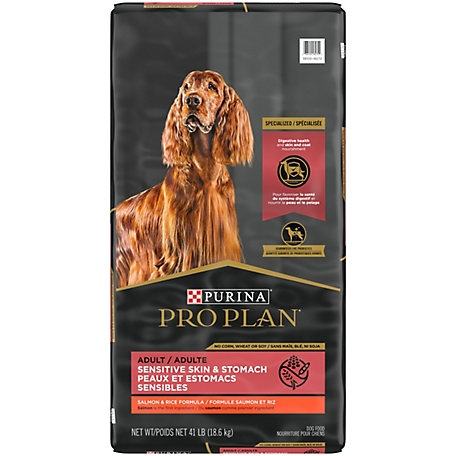
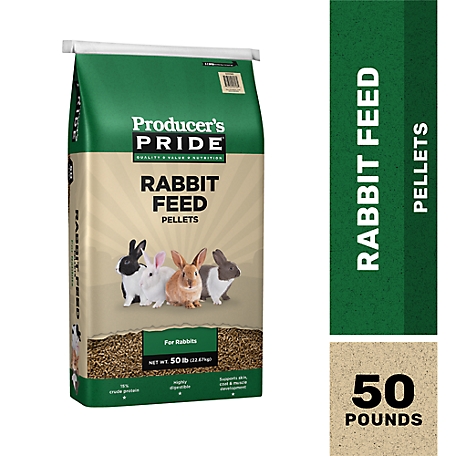
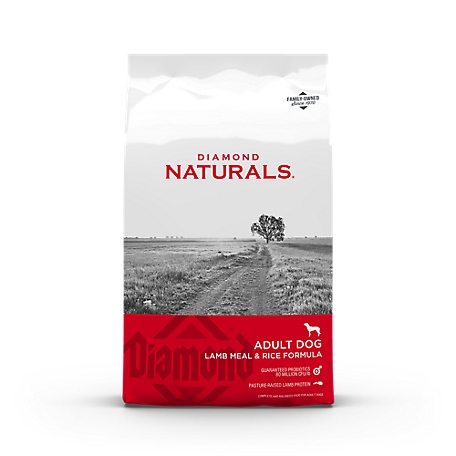
by Dennis
My 3 Labradors like this food.
by Rebecca
This is the only dog food we have used for our 10 dogs because chicken is the main ingredient. Love it!
by Pamela
This is the best food for our baby Oliver.
by Eric
My dogs love it. Seems they are more energetic and playful. And doesn’t upset their stomach like all the other dog foods I have tried.
by Dylan
I’ve been feeding it for years! Great feed and dogs love it.